Plenary Events
-
Plenary 1
6th March 2023 -
Plenary 2
7th March 2023 -
Plenary 3
8th March 2023 -
Plenary 4
9th March 2023 -
Plenary 5
10th March 2023
International Collaborations on Space Missions
11:00 - 12:00 Sheikh Maktoum Hall B+C
Moderator
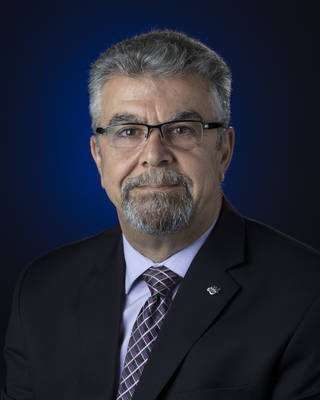
Badri Younes
NASA Deputy Associate Administrator for SCaN
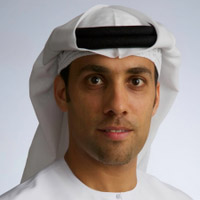
Salem Al Marri
MBRSC Director General
Philippe Baptiste
CNES President
Ricardo Conde
Portugal Space PresidentSpace Traffic Management – Needs and Solutions
09:00 - 10:00 Sheikh Maktoum Hall B
Moderator
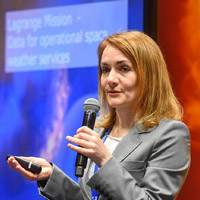
Alexi Glover
ESA Space Weather Service Coordinator, Space Safety Programme Office

Lisa Donahue
Director of High Resolution Mission Operations, Planet Labs PBC
Lee-Anne McKinnell
SANSA Managing Director for Space Science
Luc Piguet
ClearSpace CEO
Peter Martinez
Executive Director, Secure World Foundation
Pascal Faucher
Chairman of EU SST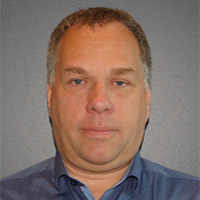
Michel Doyon
Manager, Flight Operations Canadian Space AgencyAs the number of satellites in Earth orbit rapidly increases following increased investment in space-based solutions geared towards providing a range of social, scientific, strategic and economic benefits to citizens globally, the need to ensure safe and sustainable access to space is becoming ever more essential. Space traffic management establishes the means and rules to access, conduct activities in, and return from space safely, sustainably and securely. A successful STM framework needs to be based on accurate knowledge of the space environment including both the on-obit satellite and debris population as well as space weather conditions which have the ability to substantially influence the environment in space and also disrupt on-obit hardware and systems directly. Monitoring combined with accurate forecasting and tailored service provision aims to alert operators to upcoming hazards with sufficient time for mitigating action to be taken. Looking forward, in addition to reliable environment and effects monitoring and forecasting, sustainable use of key orbits will require the development of new service concepts including active removal of debris, especially in cases where satellites fail before they can be de-orbited, and in-orbit servicing to repair, refuel, reposition and, potentially in the longer term, recycling. This plenary event will take the form of a discussion panel addressing key topics underpinning reliable space traffic management both now and in the future. Panelists will discuss current capabilities and challenges along with future needs and potential solutions.
MBRSC Missions: From Earth to Mars passing by Moon
09:00 - 10:00 Sheikh Maktoum Hall B
Moderator
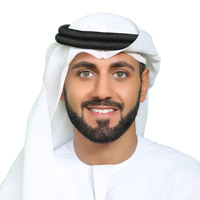
Saud Karmustaji
Director Corporate Communications Department, MBRSC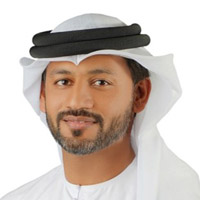
Abdulla Harmoul
Senior Director Space Engineering Department, MBRSC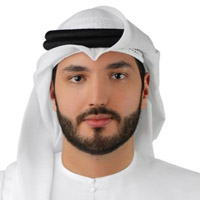
Khalid Badri
Senior Director Mars 2117 Program,MBRSC
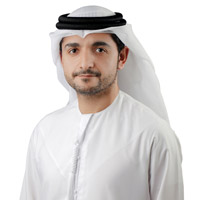
Dr. Hamad Al Marzooqi
Manager- Space Robotics Lab, Mars Program 2117, MBRSC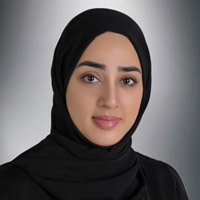
Dr. Sara Al Maeeni
Senior Expert - Space Robotics Lab, Mars Program 2117, MBRSCLunar Communications and International Interoperability
09:00 - 10:00 Sheikh Maktoum Hall B
A discussion with a question and answer session from representatives of space agencies involved in developing lunar communications concepts, architectures, space communications systems and ground systems.
Moderator

Dr. Harry Shaw
NASA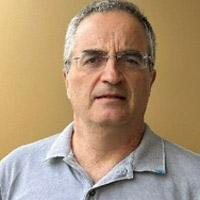
Mr. Marco Lanucara
Head of Systems and Project Support Section, European Space Agency (ESA)
Dr. Daniel Fischer
Deputy chair of the CCSDS Security working group, European Space Agency (ESA)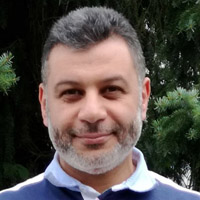
Mr. Wael El-Dali
Space System Engineer European Space Agency (ESA)
Ms. Suzanne Dodd
NASA Jet Propulsion Laboratory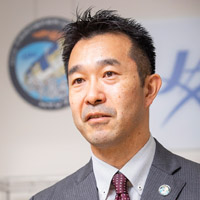
Mr. Kota Tanabe
Deputy Director, Space Exploration System Technology Unit, JAXA Space Exploration Center
Dr. Durk-jong Park
KARI IOAG Lunar Communications Architecture WGPlanetary Defense
09:00 - 10:00 Sheikh Maktoum Hall B
Moderator

Stephan Ulamec
DLR
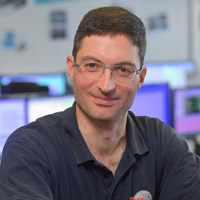
Sylvain Lodiot
ESA
Tatsuaki Okada
ISAS/JAXA
Joseph Lazio
NASA/JPL
George Chiu
JHUAPL
Patrick Michel
CNRS/Côte d’Azur ObservatoryRoughly 50–100 tons of extraterrestrial material falls into the atmosphere of the Earth every year, with in falls of metersized bodies a daily event. However, there are much larger objects as well, that can pose a serious threat. Impacts of 1 km objects, which would result in civilization threatening effects, are thought to occur on roughly million-year timescales.The population of Near Earth Objects (NEOs) 50 m or larger is modeled to number in the hundreds of thousands. Although impacts by 50-100 m asteroids may devastate “only” a region (like the Tunguska Event of 1908), they also occur much more frequently, occurring on century-to-millennium timescales.
The first time in history, humanity is in a position to have the technical capability to actively deviate the orbit of an Earth threatening asteroid and prevent an impact. Various methods have been discussed where a kinetic impactor appears to be least challenging to implement.
In November 2021 NASA has launched its (Double Asteroid Redirection Test) DART Mission to hit the minor element of the Didymos double asteroid system, named Dimorphos. The impact is planned to occur on September 26th 2022 (EST) and will change the orbit of Dimorphos by momentum transfer, do that the change can be observed in the light curve from ground based observatories. This will be the first test of a kinetic impactor. DART carries, the ASI cubeSat LICIACube, to be separated from the mother spacecraft before impact and observe it from a safe distance.
In 2024 the ESA Hera mission will be launched to the Didymus system, to characterize both bodies in detail (including the determination of their exact mass, internal structure and surface properties). Also the crater, hit by the DART impact will be characterized in detail. Hera carries two CubeSats, Juventus and Milani supporting the characterization of Didymus and its environment. Hera as the European contribution to planetary defense, within a road map that should lead to offering a robust asteroid mitigation plan to future generations will not only perform the measurements necessary to fully understand the effects of the DART impact on Dimorphous but also provide unique information relevant to many current issues inasteroid science.
About SpaceOps
Since the inception of SpaceOps in 1990, the organization has hosted fifteen biennial conferences in various countries around the world.
About MBRSC
MBRSC is an advanced scientific and technological hub, responsible for making the UAE a world leader in space services and exploration.
